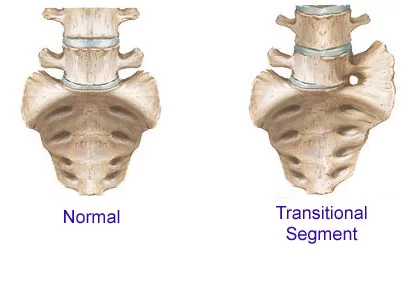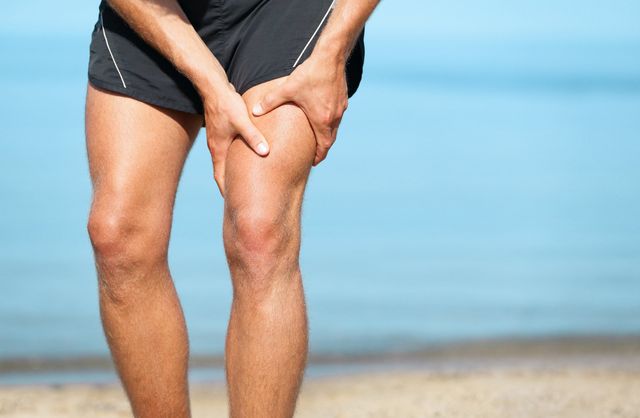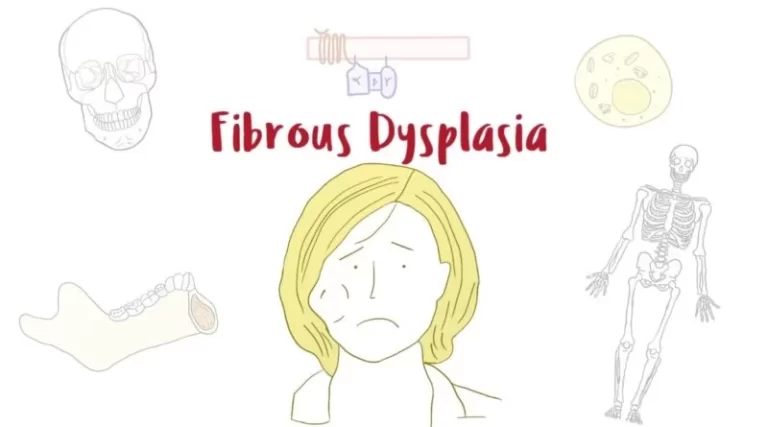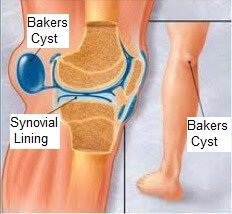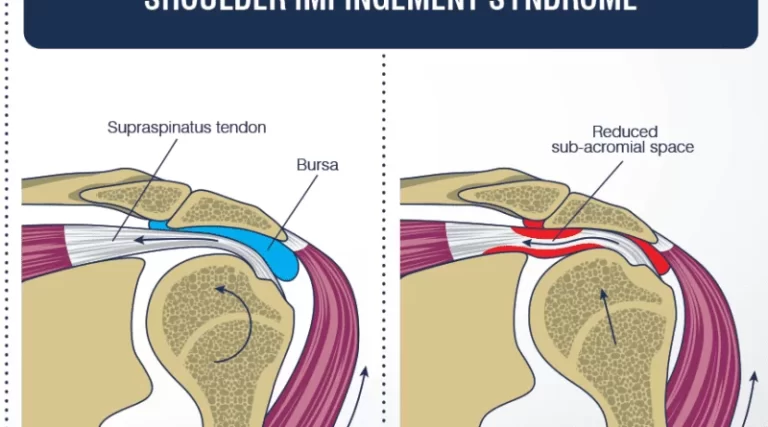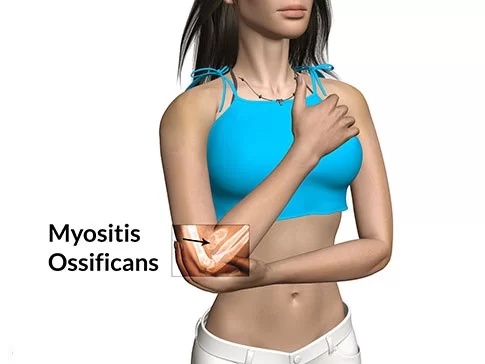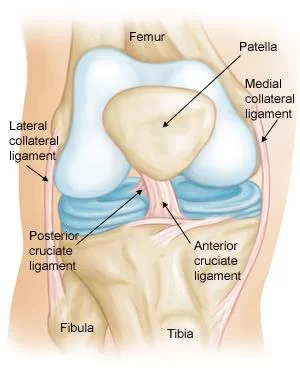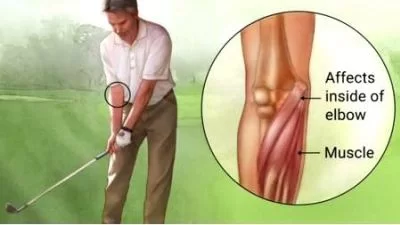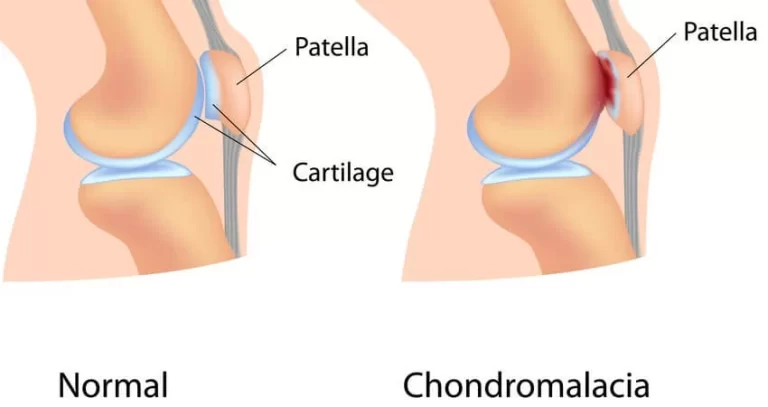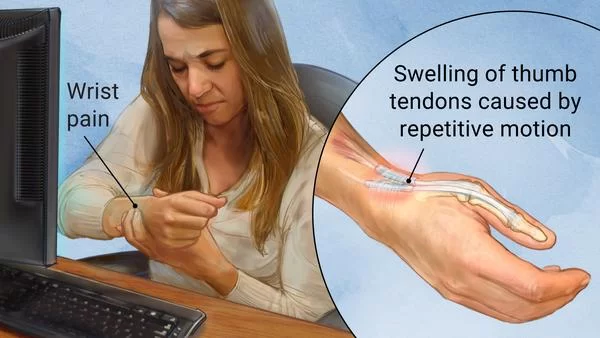Sacralization : Physiotherapy Treatment & exercise
What is a Sacralisation? Sacralization is a common irregularity of the spine, where the fifth vertebra is fused to the sacrum bone at the bottom of the spine. The fifth lumbar vertebra, known as L5, may fuse fully or partially on either side of the sacrum, or on both sides. Sacralization is a congenital anomaly…

